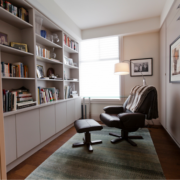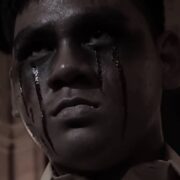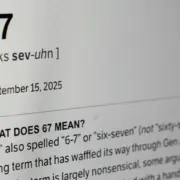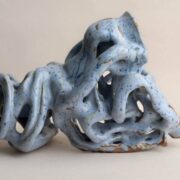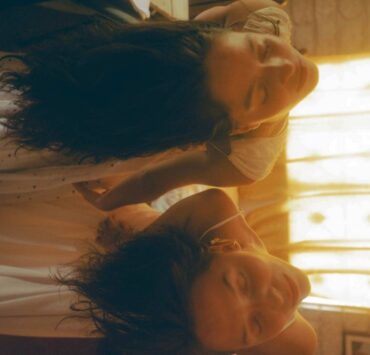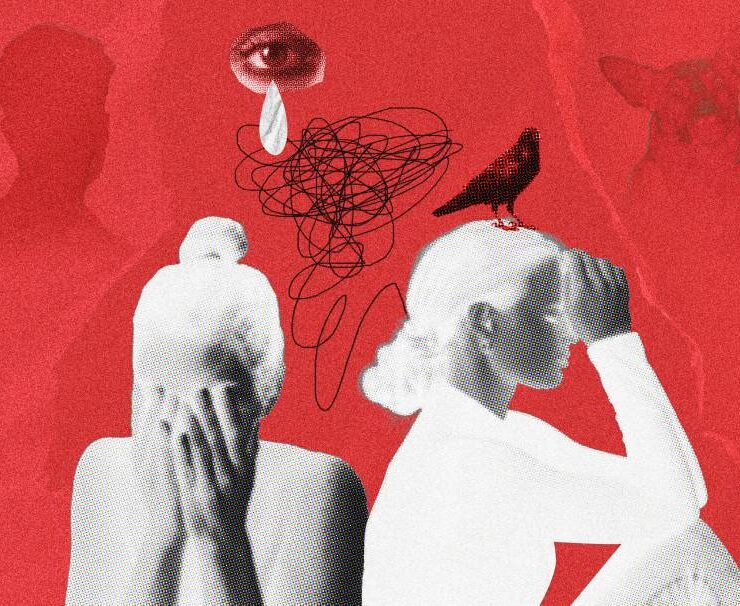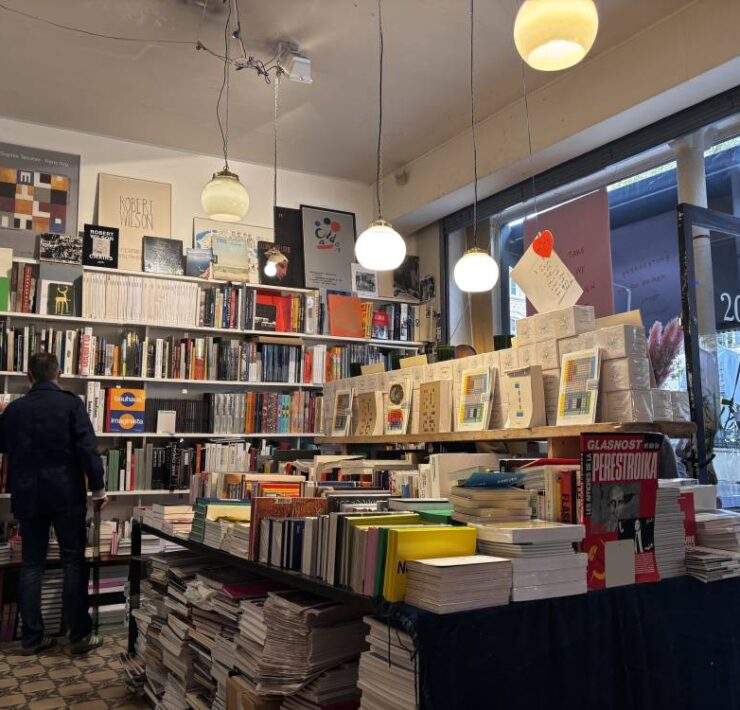Woven tales: PH textiles take centerstage in Morocco
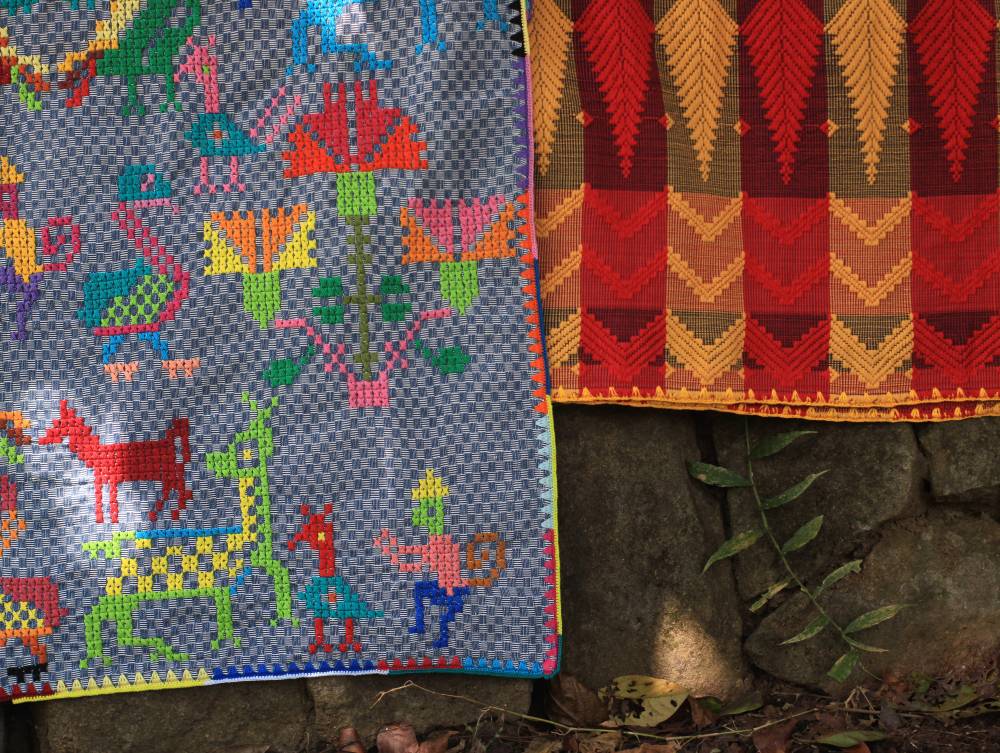
The rich narratives of Filipino weaving will be showcased at the Abla Ababou Galerie in Rabat, Morocco, on Feb. 25. Al Valenciano and Len Cabili, proponents of the contemporary use of indigenous textiles, present “Stories from My Grandmother: Tissages Philippines,” an exhibition dedicated to sharing this cultural heritage globally.
Organized by Philippine Ambassador to Morocco Leslie Baja to celebrate the 50th anniversary of Philippine-Moroccan diplomatic relations, the event follows a successful 2024 lecture series in Laos.
Valenciano and Cabili’s exploration of indigenous textiles highlights their profound role in shaping societies, revealing how these fabrics served as visual markers of identity, rank, and wealth, thus influencing social, economic, and religious structures.
Featuring primarily tapestries alongside fashion and accessory applications, the exhibit underscores the enduring significance of indigenous designs, which continue to convey specific cultural messages. These textiles, whether worn or displayed, transmit information through their intricate patterns and remain powerful symbols in modern society.
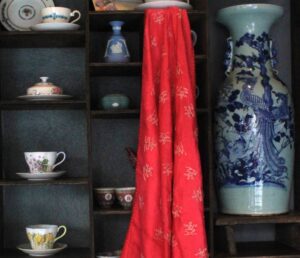
Cabili, founder of Filip+Inna fashion brand, and Valenciano, founder of Balay ni Atong, home of the Study Center for Traditional Handwoven Textiles of the Ilocos region, are promoting the cultural influence of Philippine fabrics. “This is who we are through what we create,” Cabili says.
Valenciano explains that the title, “Stories from My Grandmother,” signifies the deep connection between woven blankets and life’s historic occasions, “There’s a blanket for every milestone,” he says.
Cabili further explains that the title’s homage to the matriarch figure aligns with the gallery’s program on gender equality, as the exhibit concludes on March 8, International Women’s Day.
“The majority of our artisans are women,” she says. “However, in abaca weaving, men harvest the fiber, chop, and strip it, while women weave. This craft is a community activity.”
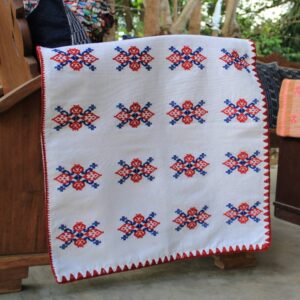
Tapestries and blankets
Valenciano, of Ilocano heritage, will showcase textiles from the Northern Philippines, including Philippine silks and inabel blankets featuring patterns reminiscent of Moroccan textiles, such as animal and nature motifs.
Recognizing the prevalence of dragonfly imagery in Moroccan art, Valenciano’s weavers have created a special blanket adorned with a thousand dragonflies. He will also present silk from the Sericulture Research and Development Institute, located at Don Mariano Marcos Memorial State University in La Union.
Valenciano has developed fashionable silks by employing weavers and embroiderers who specialize in pinilian, a complex brocade weaving technique that creates a three-dimensional effect. This silk is woven in the binakol or twill weaving style, resulting in geometric and optical art designs.
Cabili, whose family hails from Iligan, will exhibit fabrics from the Visayas, such as piña and abaca, and the silk malong from Mindanao.
In contrast to Valenciano, whose center focuses on weaves and home accessories, Cabili uses native textiles for garments. “I’m more focused on surface application,” she explains. “I purchase the fabric, which serves as a canvas. Filip+Inna emphasizes embroidery and beadwork.”
A striking centerpiece of the exhibit is the ye kumu, or “mother blanket,” woven by T’boli master weaver Yab Man. This ceremonial textile holds profound spiritual significance, serving as a conduit to the spirits for blessings. It graces pivotal events such as harvest celebrations, water source rituals, and high-ranking weddings, fostering collective spiritual connection. As a large-scale creation, the ye kumu also functions as a powerful clan’s blanket or bed sheet and tapestry, defining sacred spaces and ritual displays. This textile represents the exquisite weaving artistry of Mindanao’s tribes.
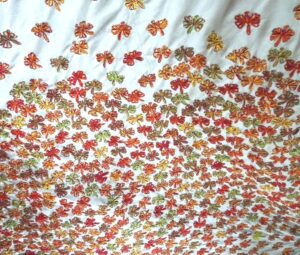
Shared challenges
The advocacy for promoting Philippine indigenous textiles began when Cabili’s client, Rapunzel Acop, then First Secretary and Consul of the Philippine Embassy in Laos, invited them to give a talk in Vientiane and Luang Prabang last year. Both Cabili and Valenciano found it rewarding to learn about Laotian textiles and discovered that weavers from Laos and the Philippines share similar challenges, such as sourcing threads and preserving handmade crafts.
“We realize that the struggles are universal and that we are all the same,” says Valenciano. They also observed that Laos possesses weaving patterns similar to those found in Philippine fabrics.
“The trip is one way of expanding our knowledge on how to further develop our craft,” says Cabili.
Now stationed in Morocco, Acop extended another invitation to the duo to share the story of their fabrics. “Stories From My Grandmother” will be held at one of Morocco’s finest contemporary art galleries and arts spaces.
Their trip signifies the growing international interest in Philippine products. However, the supply struggles to meet the demand due to the nature of weaving as “slow art.”
“There has been a boom in acceptance, but the only way to produce more is to involve more people. Everyone is using inabel, and younger generations are proudly wearing garments made from these textiles,” Valenciano says. “We have such a rich tradition in craft that we need to realize its value. Hands play the central role in the creation. It’s in the craft where the country’s identity is stamped.”
Cabili adds, “Al and I create with intention and quality over quantity. It’s the best business strategy because, in the end, people appreciate something that can be passed down through generations. Our best marketing tool is when these fabrics are out there, whether seen at home or worn by someone. It sparks curiosity, which leads to interest in what we do.”

